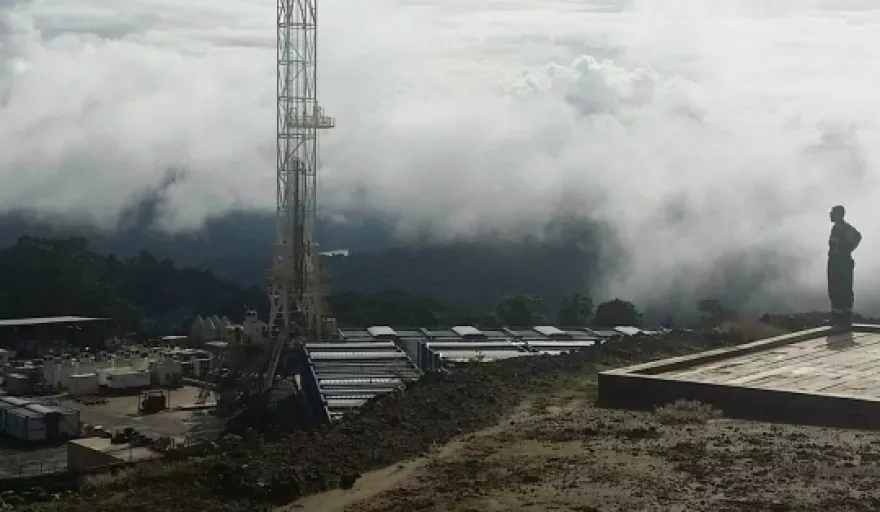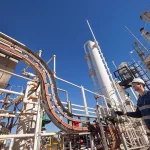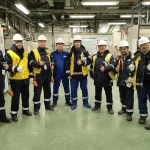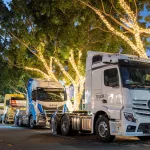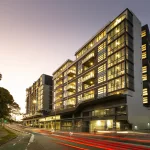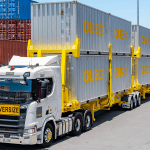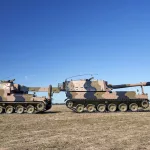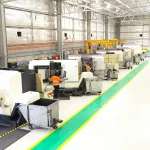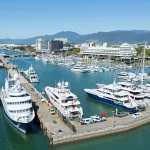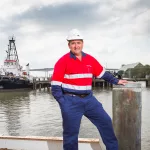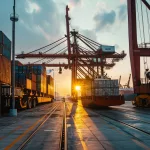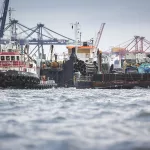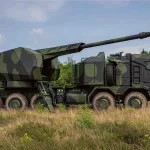ExxonMobil PNG Limited has won the 2015 Asia-Pacific Midstream/LNG Company of the Year Award, highlighting the potential of a country that isn’t usually on the tips of tongues waxing lyrical about industrial opportunity.
Presented in January, 2016 at the annual Asia-Pacific Oil and Gas Awards Dinner in Singapore, the operator of the sector-famous PNG LNG project may be best known for its global influence across more renowned regions and domains, but a new wave of significance is sweeping Papua New Guinea when it comes to LNG and the wider oil & gas influence.
New, that is, if you’re not one of the few to have already tackled and conquered the nation’s challenging natural resource terrain.
The likes of InterOil Corporation and High Arctic Energy Services have staked their claim as international success stories in Papua New Guinea over the past decade, having realised the future potential that the country will hold. Subsequently, oil majors such as Total SA and the award-winning ExxonMobil have joined the party, capitalising on the formers’ growing experience to carry out some of the most substantial LNG projects in the world.
ExxonMobil PNG Limited Managing Director, Andrew Barry, attended the event and accepted the award on behalf of ExxonMobil PNG Limited and the PNG LNG Project. “The award is a reflection of the world-class nature of the PNG LNG Project, our ability to build upon our early successes and our reputation as a reliable supplier of LNG.
“The hard work and cooperation of the PNG Government and provincial governments, our co-venture partners, suppliers and contractors, landowners and communities in and around the areas we work allows the Project to maintain its highest level of performance.”
Incepted in 2014, the project has since been confirmed as one of the world’s most efficient LNG developments, with a construction cost of around US$2,300 a tonne.
Ross Stewart Campbell, Chairman of the Oil and Gas Council went on to emphasise the success of tomorrow’s LNG market and how it can consequently be built and benchmarked on the success of today’s LNG projects.
“In 2015 there was no better success story globally than that of the PNG LNG Project, operated by ExxonMobil PNG,” he said. “Huge value creation for all concerned, setting in turn a new standard of excellence for project management and delivery. ExxonMobil PNG is the rightful winner and recipient of our 2015 Asia-Pacific Midstream/LNG Company of the Year,”
POTENTIAL FOR INVESTMENT
Significant and lauded in its own right of course, the PNG LNG project didn’t take long to prove itself as a trailblazer in the region, immediately paving the way for a second significant project to get underway as the strive for liquefied natural gas resources intensified.
A partnership between Total and InterOil Corporation – as well as international player, Oil Search – saw attentions turn to the Elk-Antelope gas field in the country’s Gulf province; essentially confirming the country’s position as a low-risk investment hub for the industry.
Thomas Nador, InterOil’s Senior Vice President, Corporate, explained: “When the first shipment of liquefied natural gas left Papua New Guinea’s PNG LNG Project in Port Moresby in mid-2014, the US$19 billion project came in ahead of schedule and demonstrated to the world that Papua New Guinea could develop megaprojects. It effectively de-risked the nation as an investment destination.
“Analysts are suggesting that Elk-Antelope could be even lower cost than the ExxonMobil project because it will require less infrastructure to develop, need shorter pipelines and is in a less remote part of the country than the PNG LNG Project.”
Elk-Antelope, which was discovered by the US-listed InterOil in 2006, is in the final stages of appraisal and the giant field is already described by the Company as one of the largest finds in Asia over the past 20 years.
Initial estimates suggest the field could have enough gas to underpin a two-train project to produce about seven million tonnes of LNG, a year, for the next 20 years.
On a more socio-economic note, according to the Asian Development Bank, economic growth in Papua New Guinea rose to eight percent in 2014 following the first exports of LNG and rose to 15 percent in 2015, to give Papua New Guinea one of the highest growth rates in the world while also opening up numerous opportunities for the country’s population.
During a recent trade visit to the UK, Belgium and France, the country’s Prime Minister, Peter O’Neill emphasised the numerous national benefits deriving from the infiltration of the likes of ExxonMobil.
“There is significant interest in Papua New Guinea from the business community and we must convert that interest into tangible business engagement,” he said. “We cannot think of Europe as being too far away to matter. Europe offers an important market, particularly for our agricultural products and there is tremendous potential for strategic partnerships in areas that include banking, energy and resources.
“Total is another great example of a European company that has recognised the potential for investment in Papua New Guinea, employing a number of Papua New Guinean and foreign workers expected to reach 10,000 at the peak of the construction project.
“With one of the fastest growing economies in the world and being a country with ongoing political stability, businesses are interested in investing in Papua New Guinea.”
DOUBLE-EDGED SWORD
By this reasoning alone, the entire oil & gas fraternity would be descending on Papua New Guinea, but there remains a very distinct risk-reward element when carrying out operations in the country; presenting successful opportunity to only the most collaborative, skilled and – ideally – nation-savvy of businesses.
Papua New Guinea (PNG)’s double-edged sword of lucrative market opportunity and almost unrivalled difficulty in actually carrying out operations has made it a niche area for operators willing to take on the challenge in recent years, and with the oil price crisis adding a further dimension of risk at present, the ability to differentiate and form a positive reputation has never been more vital.
High Arctic Energy Services has been one such Company to achieve the feat, meeting its elite array of customers’ needs since 2006 through a unique approach to problem solving, innovation and providing niche, value-added solutions.
Renowned for completing projects in some of the most treacherous global conditions that the industry can offer, the PNG LNG challenge was a natural choice, but has shed further light on why it isn’t a perfect fit for everyone.
“With the operation in PNG, we have had to focus on applying technologies and processes to areas which are much harder to work in,” explained the President of International Operations at HAES, Darren Greer. “In Papua New Guinea we have specialist drilling rigs that operate like any other but are heli-portable.
“The locations we operate at sit on top of mountains with no road support, so whereas a regular land or onshore oil & gas rig breaks down into components in the 40-50 tonne range, ours breakdown into four tonne loads so we can still load and transport them underneath a helicopter between mountain tops.”
The difficulties encountered within Papua New Guinea don’t just end at environmental considerations either, with the population scattered around the country in villages and land-dwellings an equally significant consideration for a Company looking to make a positive impact.
Continuous engagement and enrichment has therefore become one of the most pivotal facets of High Arctic’s – and indeed any oil major looking to enter the market’s – continuous improvement strategy to ensure that all work carried out is not only done fairly, equitably and efficiently, but is ideally done so by local citizens.
Forming a legacy in Papua New Guinea requires effort and ability aligned to the rewards that can be attained therefore, but for the global oil majors like ExxonMobil and Total, they can at least rest assured that there are reinforcements already on hand in the country for when the market picks up and they try their luck in one of LNG’s most fascinating hubs.
Read the full article in the latest issue of Asia Outlook here.

